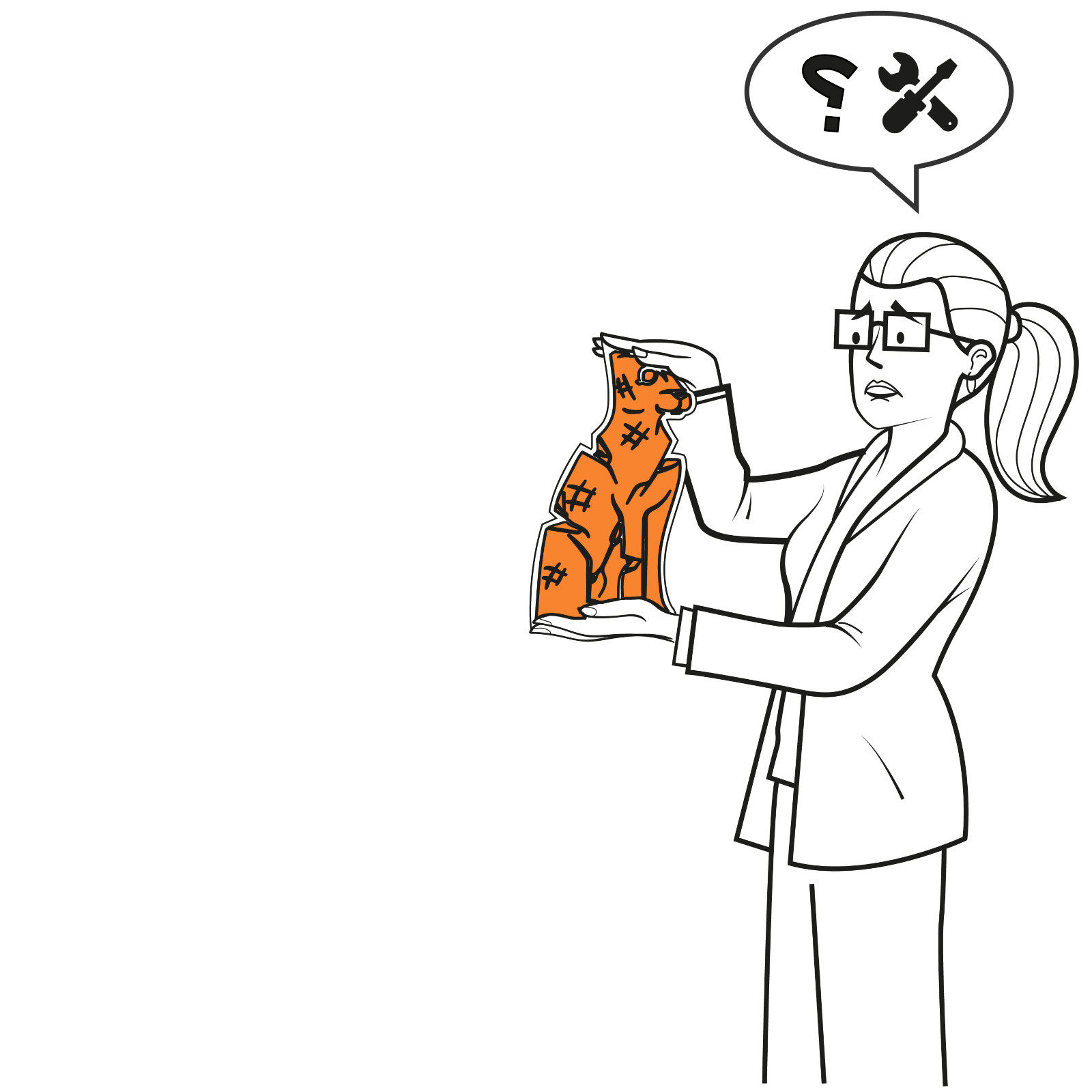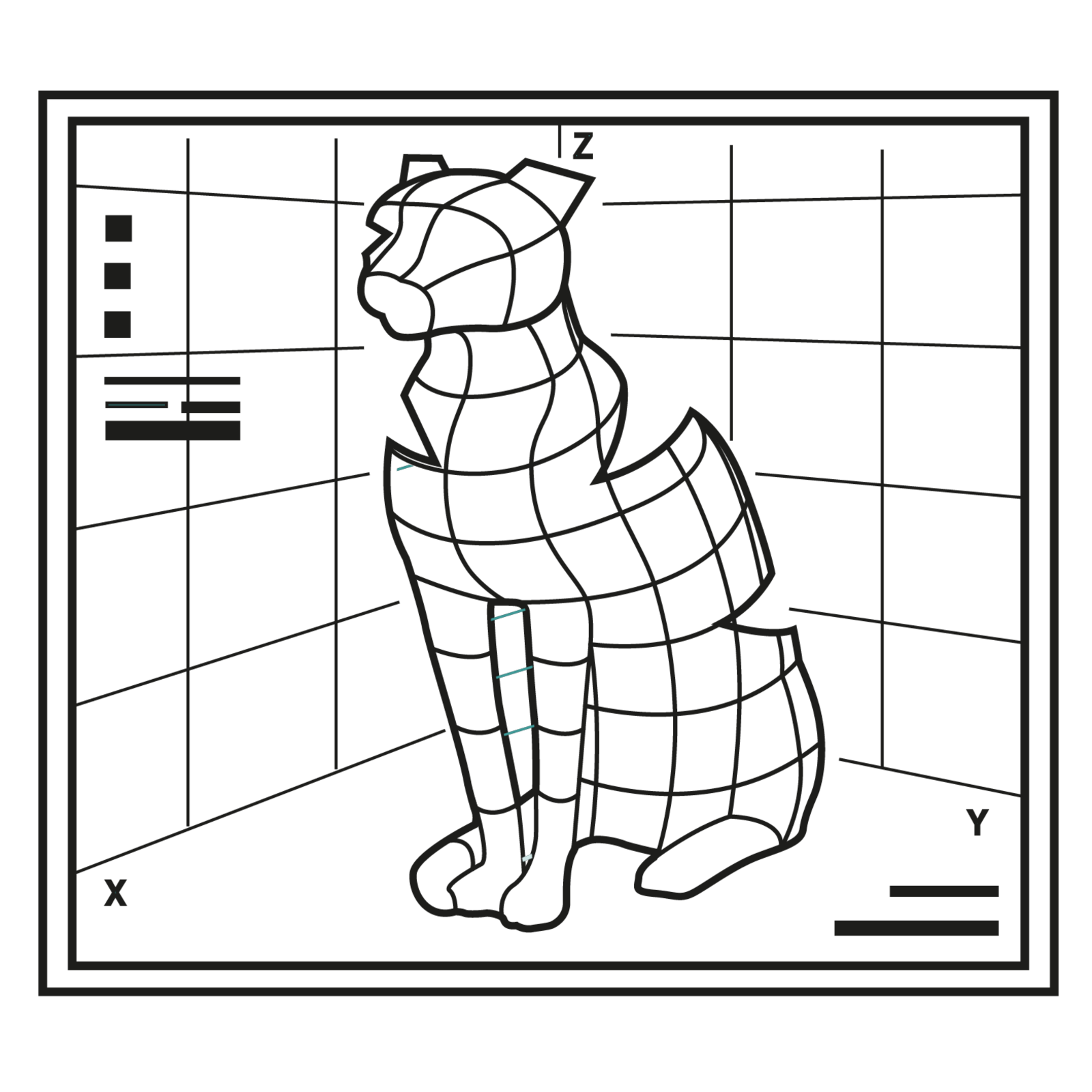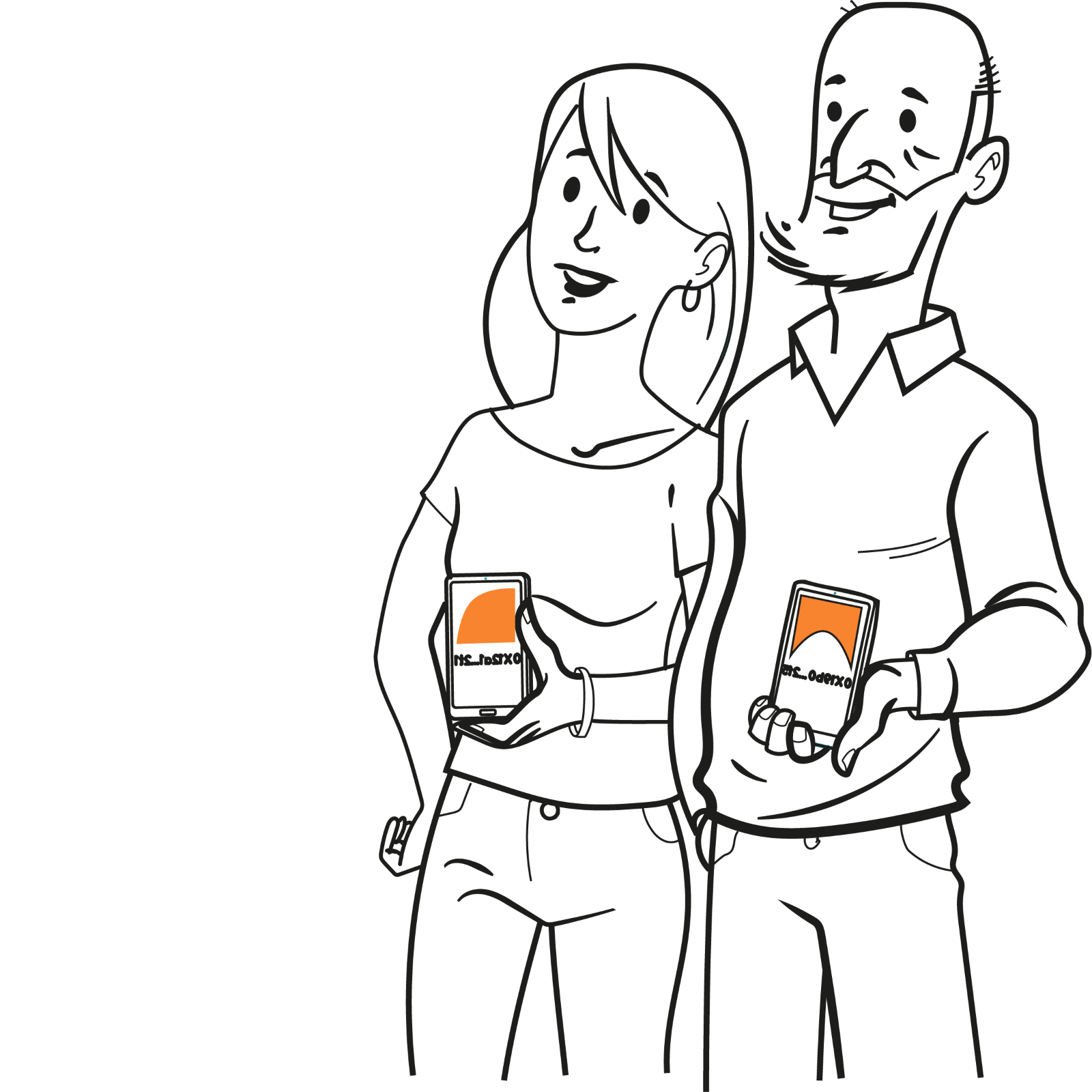For curators
Collect and engage
Cultural heritage owners and managers (the Curators) face the daily challenge of preserving the cultural and social heritage they oversee, in its physical and intangible components.
Kocai proposes a process based on NFTs to raise funds while engaging donors, Keepers, in conservation and/or restoration efforts.
The process involves four steps:
- the design of the intervention;
- the preparation;
- the intervention;
- the conclusion.
Each phase is defined by the Curator together with Kocai. In addition to fundraising (Campaigns), the entire process is aimed at promoting, through communication, the results and transparency of conservation action.

What you must provide
If the digital image of the work in 2D/3D:
- already exists, access to Kocai to digitise it;
- does not exist, access to Kocai to the work to perform its digitisation before and after the maintenance campaign.
The support to Kocai, agreed upon in advance during the structuring phase of the campaign, in the communication and dissemination activities of the maintenance campaign, so as to achieve the goal within the set time frame.
For these activities Kocai does not ask the Curator for a monetary contribution.

What happens to my artwork
The digital image of the work is divided into a set number of digital tiles, the Tile.
Each Tile is assigned a value: the donors, the Keepers, receive Tiles in exchange for the donation.
The sum of the values of all Tiles corresponds to the cost of the maintenance campaign.

What should I give to the Keeper?
As part of one of the guidelines of Kocai's activity, whereby no property rights, digital or non-digital, in the work are transferred from the Curators to the Keepers, in the structuring phase of the campaign, together with Kocai, the Curator agrees and plans what the Keeper will get in return for the donation in terms of:
- User rights to the Tiles;
- of Benefit on the work, i.e., the ancillary enjoyment rights that they may want to grant on the entire work;
- Of information and documentation relating:
- To the work;
- to the maintenance activity.

What benefit do I get from it?
If before the campaign the work does not have a digital version, it is digitised at no cost to the Curator.
Thanks to donations, the work is restored and digitised again at the end of the enhancement process.
At the end of the campaign, the Curator will receive the report:
- certified on blockchain:
- Of the donations and related reporting;
- Of the rights granted for each Tile subscribed to;
- the campaign and donor data, in accordance with the relevant 'privacy regulation'.
Furthermore, the restoration action, in its contractual, physical and advancement components, can automatically be regulated and articulated in its unfolding by a smart contract, within the limits allowed by the specific characteristics of the action itself.
Smart contracts allow, among other things, the maximisation of transparency of the processes they oversee and their constituent elements.
In addition, Kocai provides for the digitisation of the pre-maintenance and post-maintenance work: the Tiles signed by the Keeper, when the restoration is finished, are replaced by the corresponding new ones drawn from the post-digitisation.
These solutions allow the Curator to communicate to its target audience an additional new added value, related to the transparency of the maintenance action, with a reliability not otherwise obtainable.

- certified on blockchain:
Wikipedia and open knowledge
Kocai supports open knowledge and likes to contribute to Wikipedia and all free sharing platforms.
If the Curator is interested in sharing information collected in preservation and digitization activities, Kocai supports any activity of
- collection,
- legal assistance on user licenses,
- uploading of materials to Wikipedia.
Kocai helps Curators by designing and managing projects for open access (open scientific information) and to turn their resources into assets for scholars and public funders.